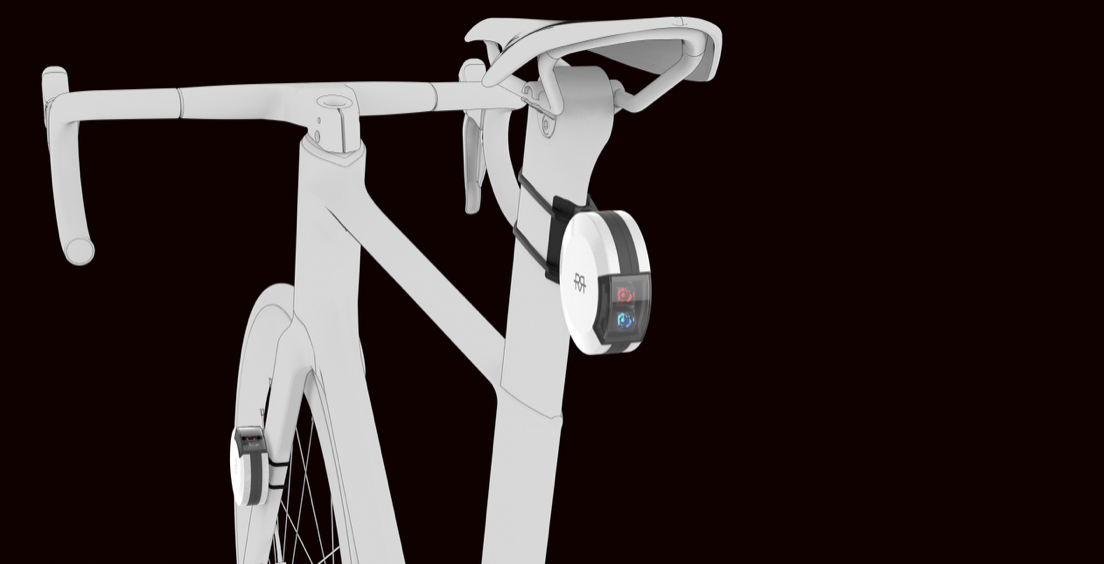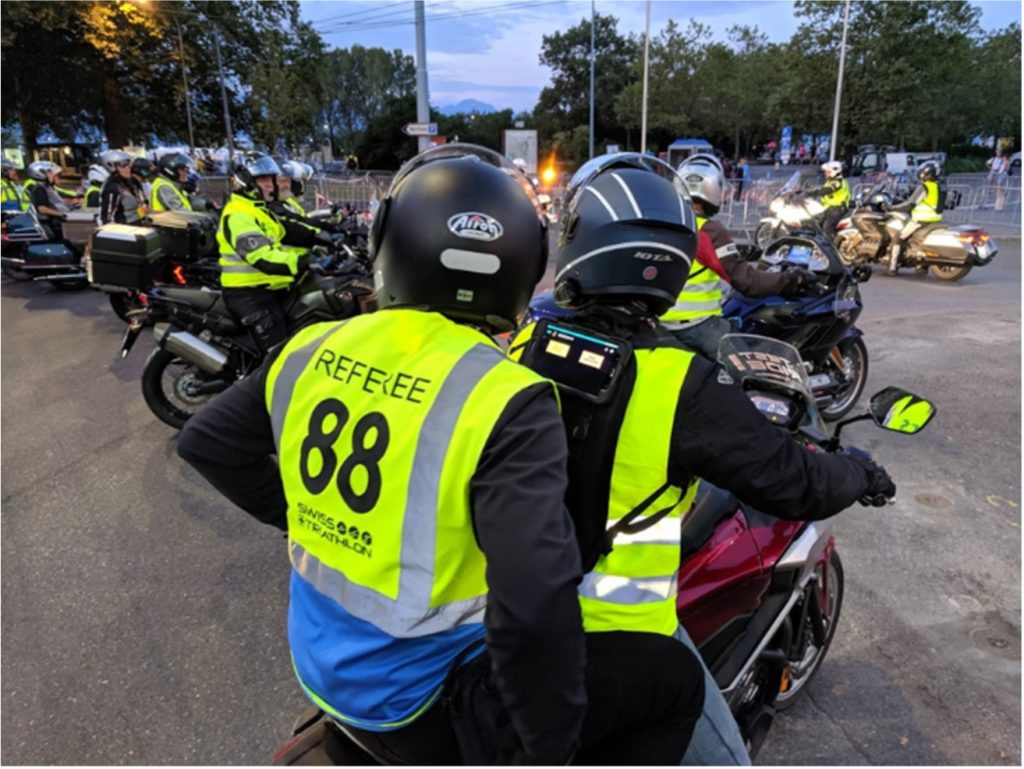Will this fix drafting in triathlon?
World Triathlon is backing some new technology from Race Ranger to try and help officials make drafting calls

It’s hardly a secret that triathlon has a drafting problem. The draft-fest that was Ironman Texas in 2018 saw insanely quick bike times for all-levels of the competition. This year’s Ironman Barcelona served as another event in which huge packs were on display, too.
Over 4,000 athletes on a two-loop course with a short swim … how good is your pack riding?
A couple of former pro triathletes from New Zealand – James Elvery and Dylan McNiece – have come up with some new technology that’s designed to take the guesswork out of draft marshalling. Their company, RaceRanger, has been backed by World Triathlon and was announced today. The pair have been working on the project since 2014, with “serious development” beginning in 2017, Elvery said in a recent interview.
How does it work
Racers will have two electronic units on their bikes – one at the front and one at the rear. The rear unit has a light which serves up light signals to the rider behind, letting them know if they’ve entered the draft zone of the rider ahead of them. The front device measure the distance to the rider ahead, but can also show warning and penalty signals from referees. Accurate to 10 cm over 30 m, the RaceRanger system measures 10 times a second.

The system tracks when athletes are breaking the rules and sends that info to officials through a tablet app. The tablet app lets officials know which athletes are breaking the rules the most often – those who are bouncing in and out of draft zones and those who are spending the most time inside a draft zone. The officials can then determine whether or not to give a penalty.
“This innovative application of cutting-edge technology will significantly reduce this pain point for non-drafting triathlon competitors around the world,” World Triathlon said in a release today. “RaceRanger will eliminate much of the subjectivity around the drafting rules, enhancing race-day experiences for all athletes in those events.”
RaceRanger – Explainer Video from RaceRanger on Vimeo.
What will the warning signals look like?
The rear devices have blue and red bike lights. When you are 16 m behind the bike ahead of you, you’ll see a slow, flashing red light. At 14 m the signal turns to a rapidly flashing light. Once you’re at 12 m (based on World Triathlon’s 12 m draft zone for long-distance races) the colour changes to blue and “the flash pattern becomes very rapid.” There’s a red flash every five seconds, which gives you an idea of how long you have to get out of the draft zone. If you are given a warning or a penalty, the front device will beep and light up. Penalties are displayed on a screen at the penalty tents, too.
When will we start seeing this in use?
RaceRanger will be “trialled publicly in competition at selected events” in New Zealand over the next few months. From there World Triathlon says “the RaceRanger system will be reviewed, and it’s future use and development will be aligned and integrated with future World Triathlon competition rules adjustments as required.”
According to Elvery, the business model for RaceRanger is that the technology will be very much like race timing is today. RaceRanger will supply the equipment, and set up the devices on the bikes and for the officials. Then the company representatives will get the devices off the bikes at the end of the races.
So, will this stop drafting?
That will be dependent on how much athletes buy into the process. It’s easy to see how this could be utilized for smaller pro fields. One would imagine the Professional Triathletes Organization would be all in for this type of technology for its pro events. Hopefully World Triathlon starts utilizing the technology at its non-drafting world championship age group events, which will certainly give RaceRanger, the company, a boost to be able to develop the technology and build up inventory.
But are age group athletes at, say, Ironman races, sick enough of drafting issues to be willing to pay for the technology at their races? It’s hard to imagine Ironman picking up the cost of this technology and not passing the added expense on to the athletes.
The other issue is that for races with thousands of participants, the fact that the system is still dependent on an official making a call will be a huge limiting factor. The technology makes it easier to make a call, but if there aren’t enough people to make the calls, we’re not much further ahead.
All of those are issues that can be overcome, though, if the triathlon community is serious about doing something about drafting. Elvery and McNiece, through RaceRanger, have come up with a solution. Now we’ll find out if people are willing to pay for fairer races.
